Top 10 Interesting Facts About Cubism
Cubism is an avant-garde art style which emerged in the early 20th century, transformed European painting and sculpture and sparked similar developments in ... read more...music, literature, and architecture. It is considered as the 20th century's most significant artistic trend. Let’s explore more about this art style through 10 interesting facts about Cubism with Toplist!
-
The first fact in the list of interesting facts about Cubism is that cubist artists abandoned Linear Perspective. Paintings have been created from a single fixed point of view ever since the Renaissance, if not earlier. Since the Renaissance in the 15th century, linear perspective has been a popular technique. By giving the appearance of depth, it overcame the challenge of depicting three-dimensional things on a two-dimensional canvas, enabling painters to produce realistic-looking paintings.
Cubist drawing and painting shared a two-dimensional appearance that embraced the flatness of the paper or canvas with the advent of cubism and the rejection of linear perspective by its founding artists, Pablo Picasso and Georges Braque. The two Cubist artists, who were influenced by the Post-Impressionist painter Paul Cezanne, rejected the conventional idea that art should imitate nature and instead produced drawings that showed objects that had been reduced and broken down into geometric shapes. The French art critic Louis Vauxcelles gave the movement the term Cubism as a result of the highly abstracted pictures and frequent usage of the cube.
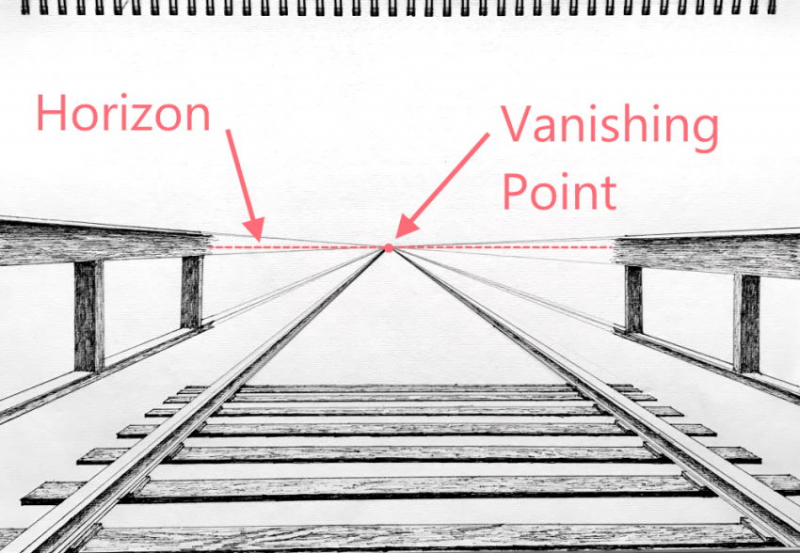
Photo: Ran Art Blog 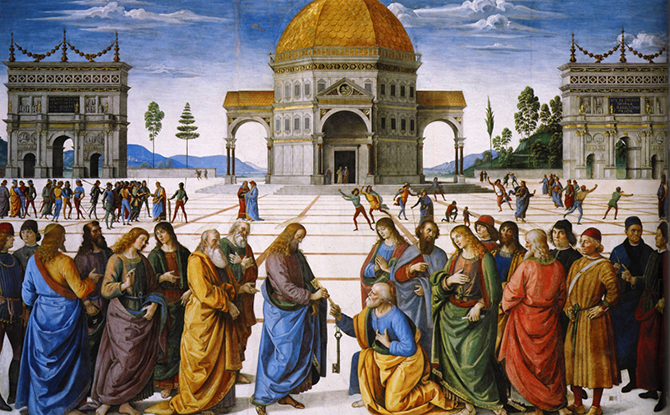
Photo: Invaluable.com -
The things are dissected, broken down, and then rebuilt in an abstracted manner in cubist artwork. In order to represent items in a wider perspective, Cubist artists display the topic from a variety of viewpoints as opposed to just one. As a result, the paintings appear abstract since he combines various points of view on the same subject in one image.
The use of various or opposing vantage points was a hallmark of Cubist drawing and painting, in addition to rejecting the conventional linear perspective. Analyzing the human body or an item into a multiplicity of minor facets, authors fought for the idea of totality within their works. This idea was realized by studying the object from every perspective and then combining various points into one picture or painting. In addition to rejecting standard three-dimensional tools like perspective and the use of chiaroscuro, this process of seeing the world puts more emphasis on the conceptual notion of form.
This was a dramatic shift from the dominant European tradition that had dominated representation since the Renaissance: the illusion of real space from a fixed viewpoint employing techniques like linear perspective.
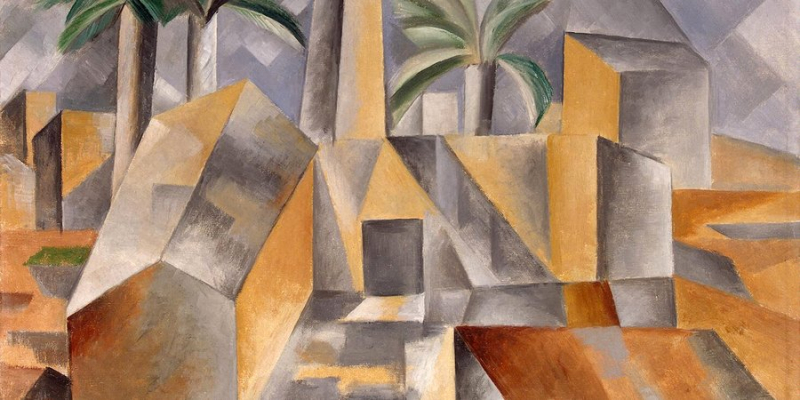
Photo: Artspace.com 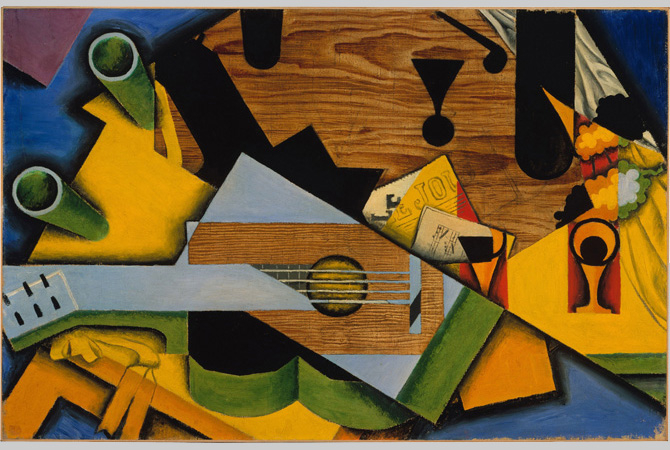
Photo: Scholastic Art Magazine -
French painter Paul Cezanne (1839–1906) abandoned linear perspective in his later works and flattened the space to emphasize the surface of his paintings. He emphasized the distinction between reality and painting by doing this. Additionally, Cezanne looked at reducing natural forms to cylinders, spheres, and cones. The Cubists developed Paul Cezanne's methods after carefully studying his work. As a result, he had some influence on Cubism. This is the next interesting fact about Cubism we want to mention.
Since Cézanne frequently painted the small village of L'Estaque in the south of France, the painting that gave Cubism its name is actually intimately related to him. This is also true of its lines and colors, which clearly resemble Cézanne's art. The L'Estaque picture, which is equally suggestive of Cézanne, was also painted by Braque. The two main components that the Cubist painters most appreciated in Cézanne's work, particularly in his latter paintings, were what most impacted them. Geometry is the first. The Cubists recognized in Cézanne a propensity to represent nature with geometric shapes, which is crucial to the early development of Cubism, even though Cézanne's primary goal was to create volume with color planes.
Perspective is the second component. Contrary to the conventional single-point-of-view linear perspective popularized in the Renaissance, Cézanne's paintings frequently give the impression that each object has its own separate area and point of view. The Cubists broke perspective conventions in the same way that Cézanne did, and another aspect of their technique was to introduce several views of the same subject from various viewpoints at once. A nice illustration is the cup in this painting, which can be seen from both the top and the side.
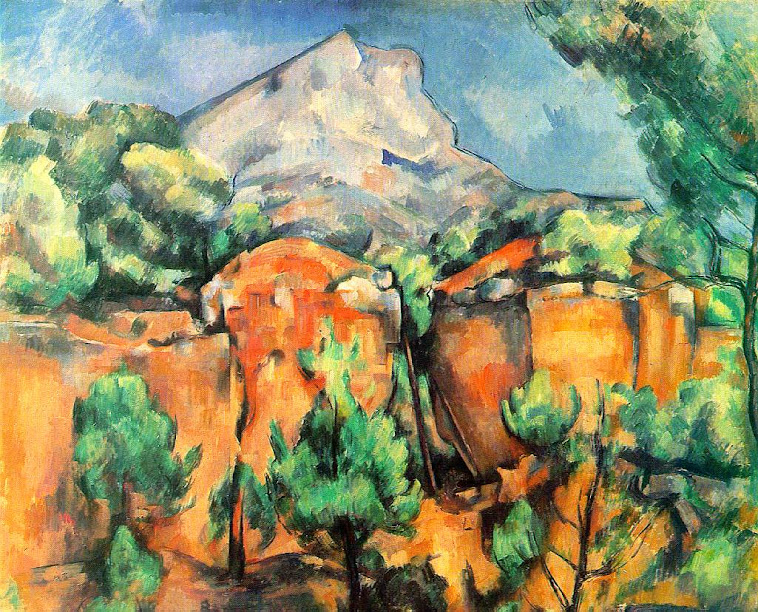
Photo: The Westologist 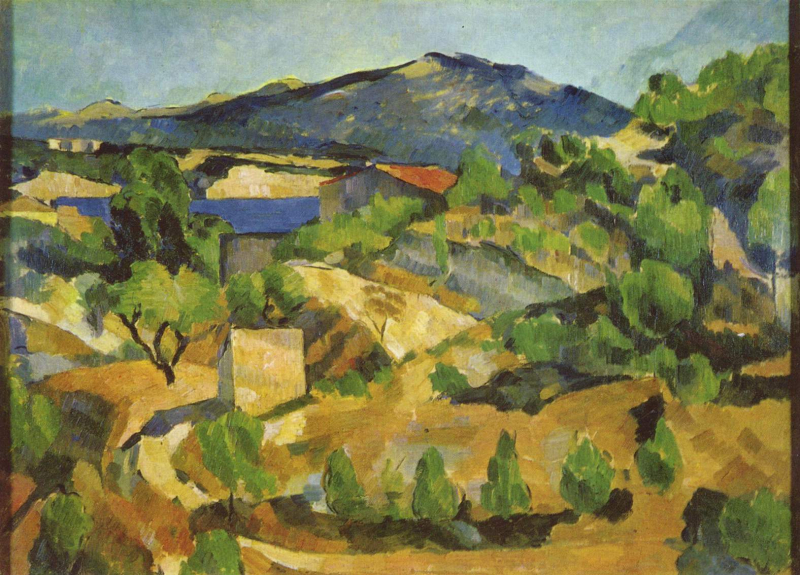
Photo: Art History Blog -
In 1907, Georges Braque paid a visit to Pablo Picasso's workshop. One of the most significant friendships in the history of painting began with this studio visit. The two artists discussed their ideas, critiqued one another's work, and challenged and supported one another throughout the coming months and years. Georges described their close working relationship: “The things that Picasso and I said to one another during those years will never be said again, and even if they were, no one would understand them anymore. It was like being roped together on a mountain.”
Between 1907 and 1914, Spanish artist Pablo Picasso and French artist Georges Braque co-invented the Cubism movement. From the start of 1909, the two painters worked closely together, meeting frequently to discuss their development. Both spent the years leading up to and during World War I in the artistic Montmartre neighborhood of Paris, which made their collaboration simple. Early on in the movement, Picasso and Braque's paintings started to resemble one another so much that it is now difficult to tell them apart.
Despite the fact that Picasso and Braque produced Cubist artworks that visually complemented one another, their respective artistic goals were frequently very dissimilar. While Braque concentrated his creativity on the use of materials, textures, and the manipulation of space and light during the 1960s, Picasso transitioned from narrative imagery to pictorial design.
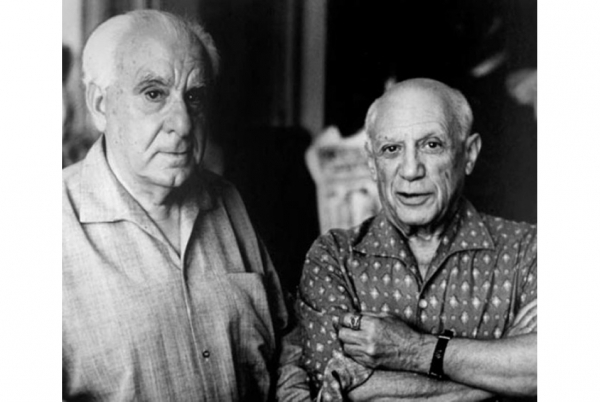
Photo: Incollect 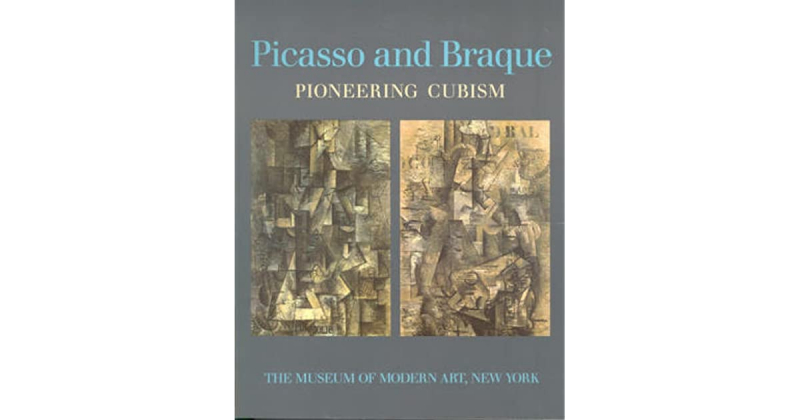
Photo: Goodreads -
The fifth interesting fact about Cubism related to the Les Demoiselles D’avignon by Picasso. The painting, which is a part of the Museum of Modern Art's permanent collection, depicts five naked women working as prostitutes in a brothel on Carrer d'Avinyó in Barcelona, Spain. None of the figures are traditionally feminine, and they are all drawn in an unsettlingly confrontational style. The body contours of the women are jagged and fragmented, giving them a slightly threatening appearance. The person on the left has face traits and attire reminiscent of ancient Egypt or southern Asia. Picasso's native Spain's Iberian culture is depicted in the two figures next to each other, while the two figures to the right have traits similar to those of an African mask.
Pablo Picasso painted Les Demoiselles d'Avignon (The Young Ladies of Avignon) in 1907. It is recognized as a significant step towards the development of the Cubist movement and is frequently referred to as Picasso's most significant work. It is also regarded as one of those crucial aesthetic moments that undeniably separates the past from the future. Picasso portrayed each person in the painting using a distinct technique, with the most explicitly Cubist part being the head of the woman tugging the curtain in the upper right. Les Demoiselles d'Avignon is categorized as proto-Cubist or pre-Cubist even though it was a significant first step towards Cubism.
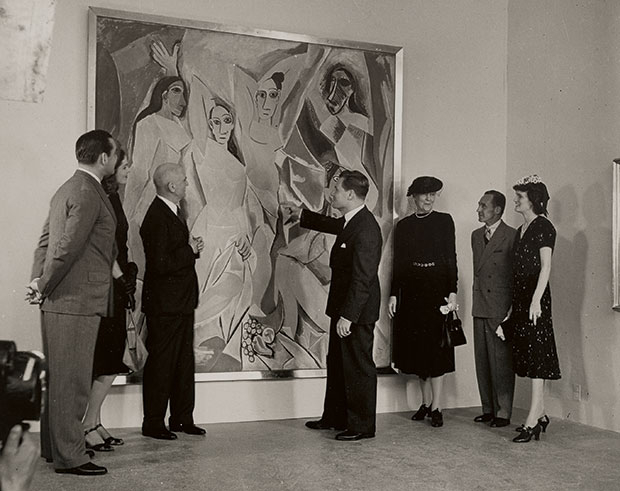
Photo: SINGULART I Magazine 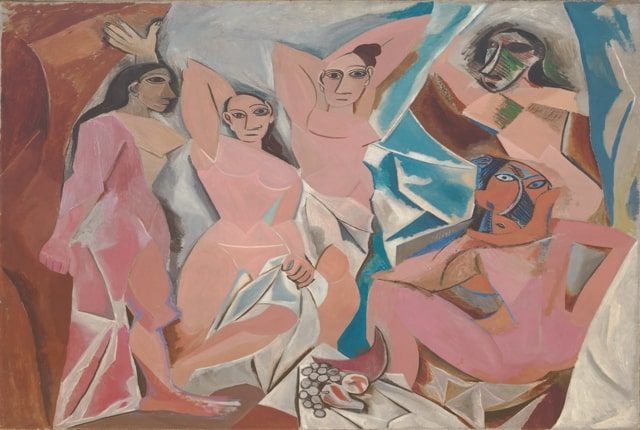
Photo: Magazine Artsper -
A solo exhibition of 27 works by Georges Braque, saturated with geometric landscapes and canvases that appeared to have been sliced by angular lines, was held in the fall of 1908 at the more understated Kahnweiler Gallery. A few months prior, Braque attempted to submit a handful of those same paintings to the Salon d'Automne, but the jury, presided over by Matisse, rejected them.
Houses at l'Estaque was one of many that Braque produced in the French town of L'Estaque. In his work Houses at l'Estaque, Braque defied accepted perspective conventions and reduced the painting's houses and trees to their most basic geometric shapes. The painting's components laid the groundwork for the Cubist movement, despite the fact that it is regarded as a proto-Cubist piece. The French art critic Louis Vauxcelles gave the movement the term Cubism after observing some of Georges Braque's paintings. He wrote an explosive review for the literary magazine Gil Blas shortly after the performance's debut, attacking Braque and claiming that he “despises form, reduces everything, places and figures and houses, to geometric schemes, to cubes.”His remark gave the Cubist painting movement a name.
Source: MuseumOfFineArtsBern 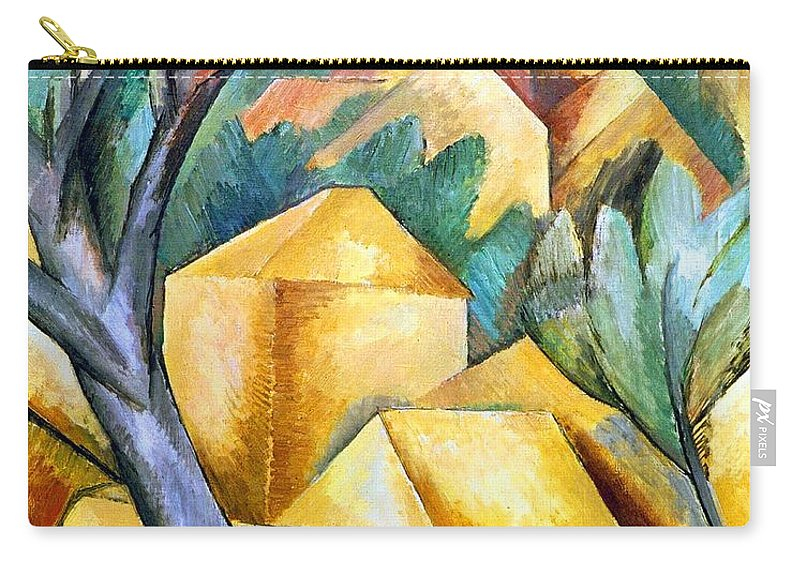
Photo: Pixels -
Building on the initial Cubist experiments of Pablo Picasso and Georges Braque, the Salon Cubists were a group of avant-garde French artists who resided and worked in Paris and the surrounding areas. However, they purposefully took a distinct aesthetic route. Robert Delaunay, Albert Gleizes, Fernand Léger, Juan Gris, Henri Le Fauconnier, Robert de La Fresnaye, and Jean Metzinger were all members of the Salon Cubist movement.
The Salon Cubists painted large-scale works in vivid hues and based their aesthetic theories on allusions to mathematics and vitalist philosophy, in contrast to Picasso and Braque's tiny, private works with the subdued palette of browns and grays.
Following the 1911 Salon des Indépendants, the term "Salon Cubists" was coined to set them apart from the "gallery Cubists," Picasso and Braque, who exhibited alongside the art dealer Daniel-Henry Kahnweiler. Although Picasso and Braque are perhaps the most well-known Cubists, it was the Salon Cubists who, between 1910 and 1913, via their shows in renowned Paris Salons, defined Cubism as a distinct movement and popularized it. What an interesting fact about Cubism!
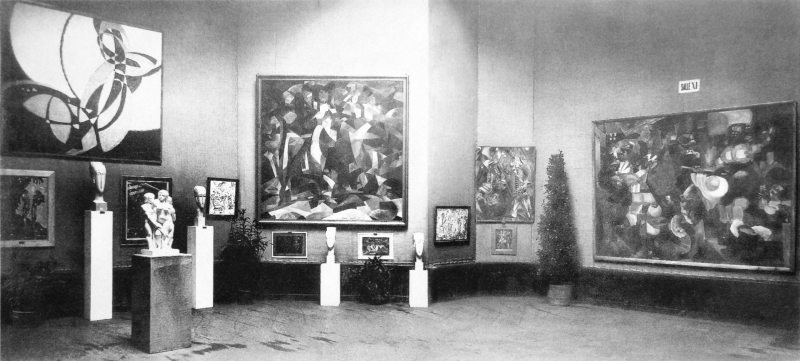
Photo: Smarthistory 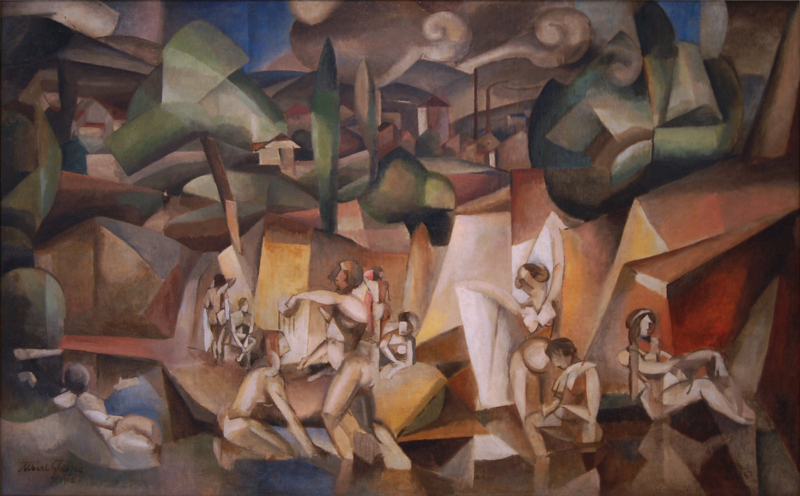
Photo: Smarthistory -
During the winters of 1909 and 1910, Picasso and Braque created analytic cubism, which is the early stage of Cubism. It persisted up until the middle of 1912, when collage introduced more straightforward "analytic" form alternatives. Analytical Cubism was nearly entirely flat art created with paint as opposed to the collage work that appeared in Synthetic Cubism.
The organized viewpoint-by-viewpoint deconstruction of the subject, which produced a fragmentary image with various views and overlapping planes, gave rise to the phase's name. Additionally, Analytical Cubism was distinguished by the division of shapes into their fundamental geometric components and a propensity for the use of monochromatic color. It makes reference to actual items in terms of recognisable characteristics that, through time and repeated use, develop into cues or indications that point to the concept of the object. Compared to Synthetic Cubism, it is thought to have a more organized and monochrome style. It was quickly superseded by this time period, which was likewise created by the creative team.
The depiction of complicated, various views of the item was best served by the monochromatic color palette. Instead of deepening, these planes seem to extend beyond the canvas' surface. In an analytical cubist painting, the forms are typically dense and compact in the center, enlarging as they spread outward toward the canvas's margins, as in Picasso's Portrait of Ambroise Vollard (1909–10). Picasso and Braque commonly blended letters with representational motifs in their works from this era; their preferred motifs included musical instruments, bottles, pitchers, glasses, newspapers, and the human face and figure.
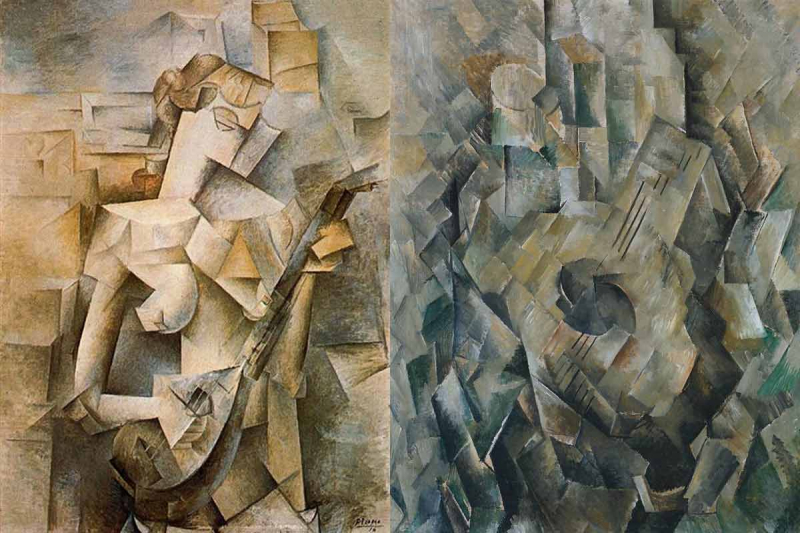
Photo: Widewalls 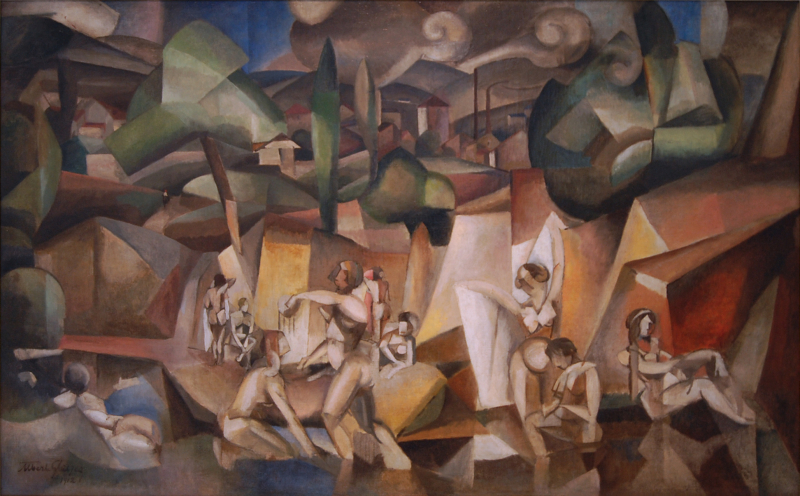
Photo: TheCollector -
Synthetic Cubism Was The Second Phase is the ninth interesting fact about Cubism. Synthetic Cubism is the name given to the second stage of the Cubism movement, which started in 1912. Picasso and Braque noticed that their work became more generic, geometrically simplified, and flatter as a result of the repetition of "analytic" indications. Because it rejected the notion of three dimensions in their work, this elevated what they were creating during the Analytic Cubism phase to a new level.
Works from this phase place a strong emphasis on the synthesis, or combining, of the picture's shapes. In these pieces, color plays a significant role, and the shapes, while still broken and flat, are larger and more ornamental. It is possible to contrast smooth and rough surfaces, and foreign objects, like newspapers or cigarette wrappers, are regularly pasted on the canvas alongside painted sections. Collage is a method that highlights texture contrasts even more while simultaneously raising the question of what is genuine and what is an illusion.
The color scheme is the most obvious departure from Analytic Cubism at first inspection. The paintings from the preceding era had a lot of earth tones and fairly muted colors. Bold hues dominated Synthetic Cubism. This more recent piece was strongly highlighted by vibrant reds, greens, blues, and yellows.
The artists used a range of methods to accomplish their objectives in their experiments. A passage is created when overlapping planes have the same hue, and they frequently use passages. Real pieces of paper were used in place of painted flat images of paper, and actual musical scores were used in place of drawn musical notation. Additionally, the painters were known to incorporate anything into their works, from cigarette packs and playing cards to newspaper scraps and advertisements. In an effort to fully integrate reality and art, these were either actual or painted objects that interacted on the flat surface of the canvas.
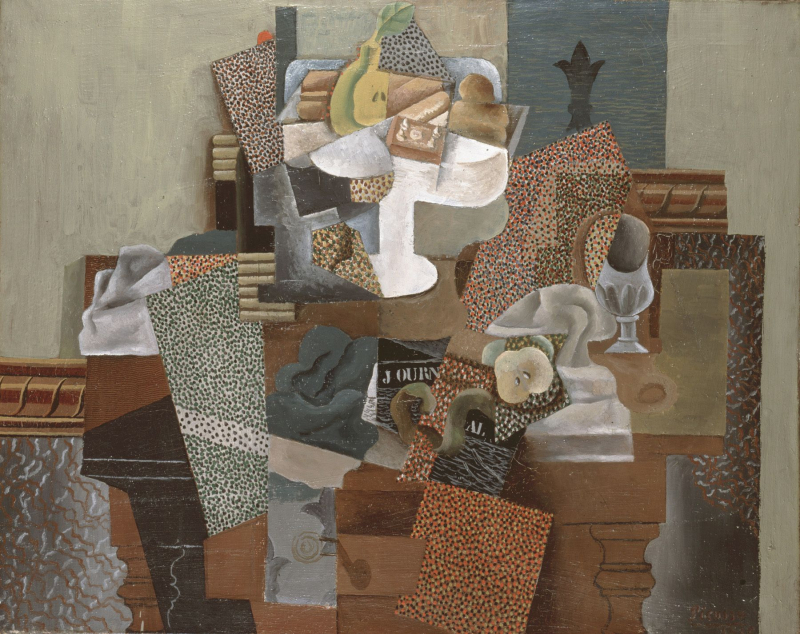
Photo: ThoughtCo 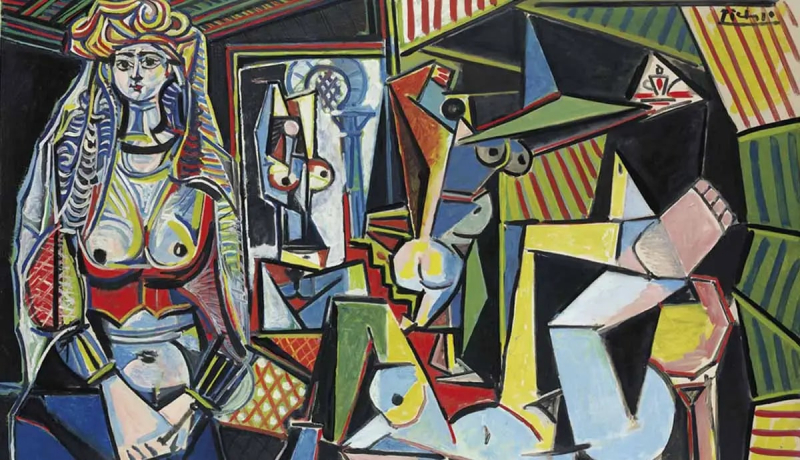
Photo: TheCollector -
The treatment of visual reality in art was virtually endlessly expanded by cubism. It is regarded as one of the most important art trends since it historically advanced western painting and sculpture toward 20th-century Modern art. Futurism, Suprematism, Dada, Constructivism, De Stijl, and Art Deco are just a few of the movements that Cubism impacted. It later sparked parallel trends in both literature and architecture. Numerous contemporary artists continue to draw inspiration from cubism in their work, which still incorporates its stylistic and theoretical elements.
By creating a new method of visual composition, cubism will permanently alter how paint and graphic design are made. It served as the foundation for artistic and design experimentation that elevated visual space and abstract geometry to a higher plane of expression. Cubist art demonstrates the abstract character of objects by dissecting, disassembling, and reassembling them. To convey the topic in a wider context rather than from just one particular standpoint, a variety of points of view are shown. Cubism has a significant cultural impact despite its wide range of effects.
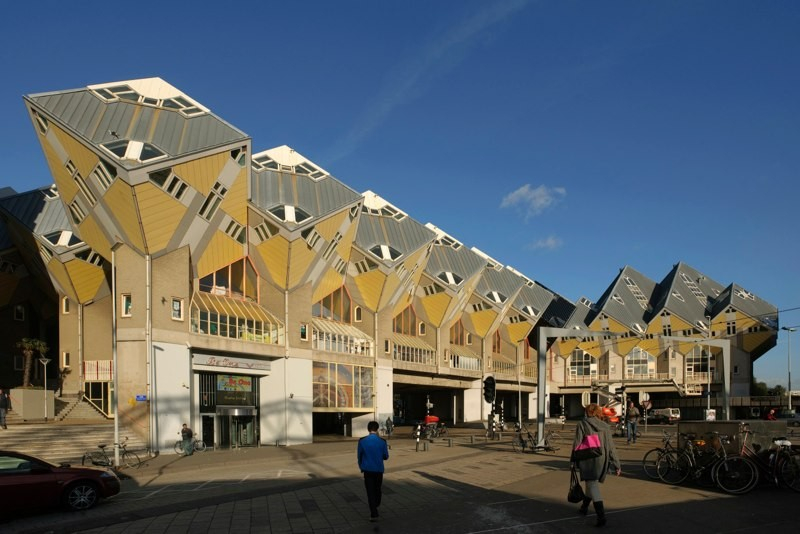
Photo: Rethinking The Future 
Photo: margherita morotti































